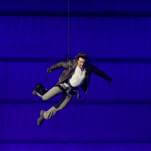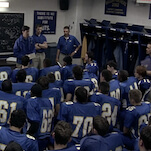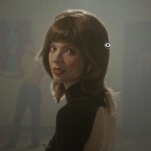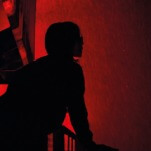A long lost Nintendo music game resurfaces for anyone to play
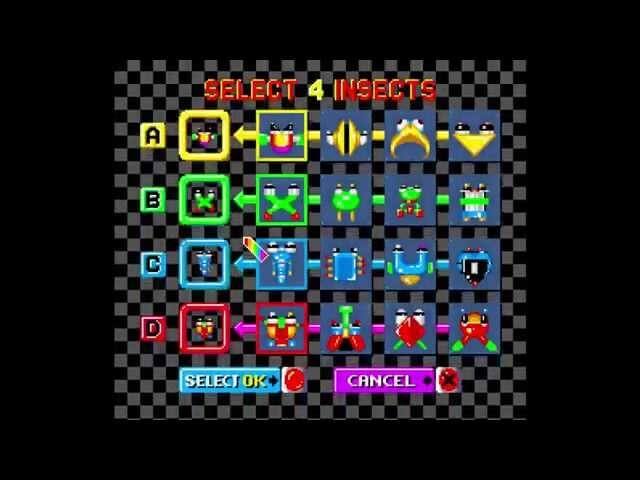
Welcome to our weekly open thread for the discussion of gaming plans, nagging questions, and whatever else we feel like talking about. No matter what the topic, we invite everyone in the comments to tell us: What Are You Playing This Weekend?
Earlier this week, the prototype of an unreleased Nintendo game made its way online. Sound Fantasy (which was to be the final name for a project developed as Sound Factory) was in development for the Super NES at Nintendo but never made it to store shelves. Last year, a cartridge containing an unfinished version of the game surfaced—followed by a second prototype last month—but it wasn’t until now that someone extracted the game files and threw them online. LuigiBlood, an active member of the game preservation and emulation community who’s been pursuing Sound Fantasy and reconstructing its history, helped facilitate the release but is not the owner of the prototype cartridge.
Sound Fantasy was the brainchild of Toshio Iwai, the artist who later partnered with Nintendo for Electroplankton and designed Yamaha’s Tenori-on. According to a profile in Wired, Iwai created a digital music toy called Music Insects while in residency at San Francisco’s Exploratorium. It presented visitors with a blank grid where various bugs were crawling around. You could draw on the grid with a method similar to the pencil tool in MS Paint, and when the bugs touched the pixel paths you left behind, they’d emit a sound that was determined by the color of your drawing and the shape of the critter crossing it. Someone at Nintendo played the installation and subsequently recruited Iwai (who had game design experience with 1987’s Otocky, a musical shoot-’em-up that was ahead of its time) to develop a version that worked with the Super NES and its mouse.
It’s evident from the prototype and various press materials released during development that Sound Fantasy became more than just a Music Insects adaptation. It was to include four musical games and toys. Music Insects was renamed “Pix Quartet” and remained unchanged outside of a few streamlining additions, like the ability to spray out a cluster of randomly colored dots. There are four colors of bugs, each representing a different family of sounds, with four distinct variations within. When you factor in all the different tones and pitches you can create with the spectrum of drawing colors, “Pix Quartet” turns out to be a complex little tool. It’s difficult to program a song of your own, but the prototype includes some fun samples from the developers. You can see all of them in the video embedded above, but there’s nothing quite like booting this up and fiddling with it yourself. It’s an endearing, playful way of marrying music and visual art, exactly the kind of thing you’d expect to see Nintendo champion.





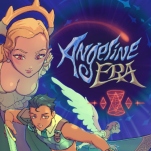
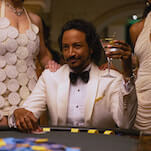











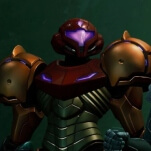
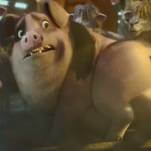
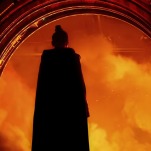

![HBO teases new Euphoria, Larry David, and much more in 2026 sizzle reel [Updated]](https://img.pastemagazine.com/wp-content/avuploads/2025/12/12100344/MixCollage-12-Dec-2025-09-56-AM-9137.jpg)





